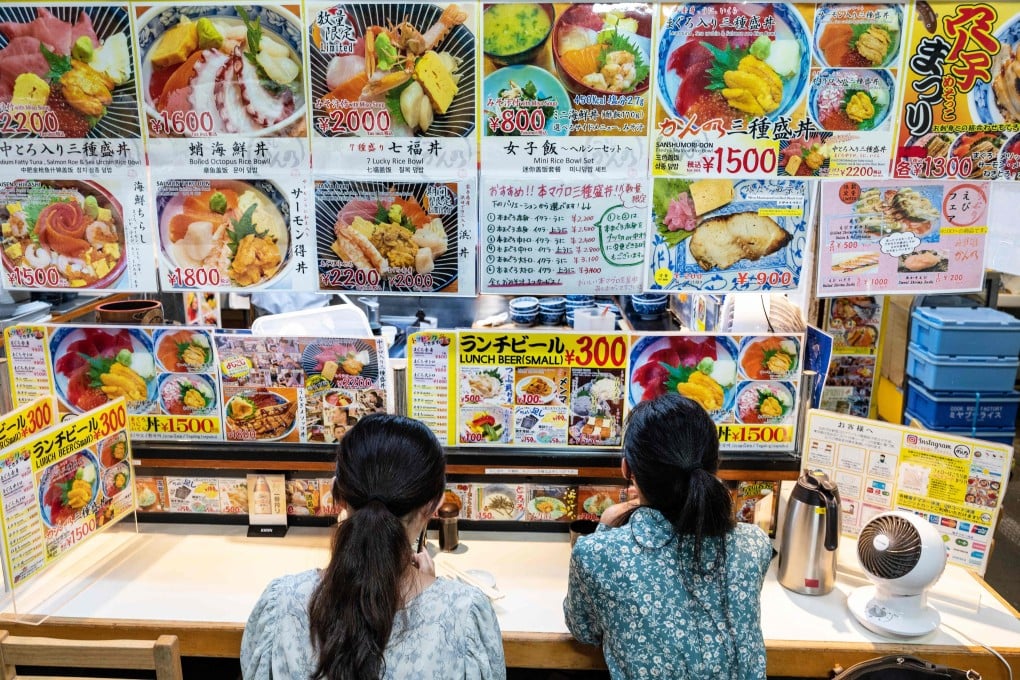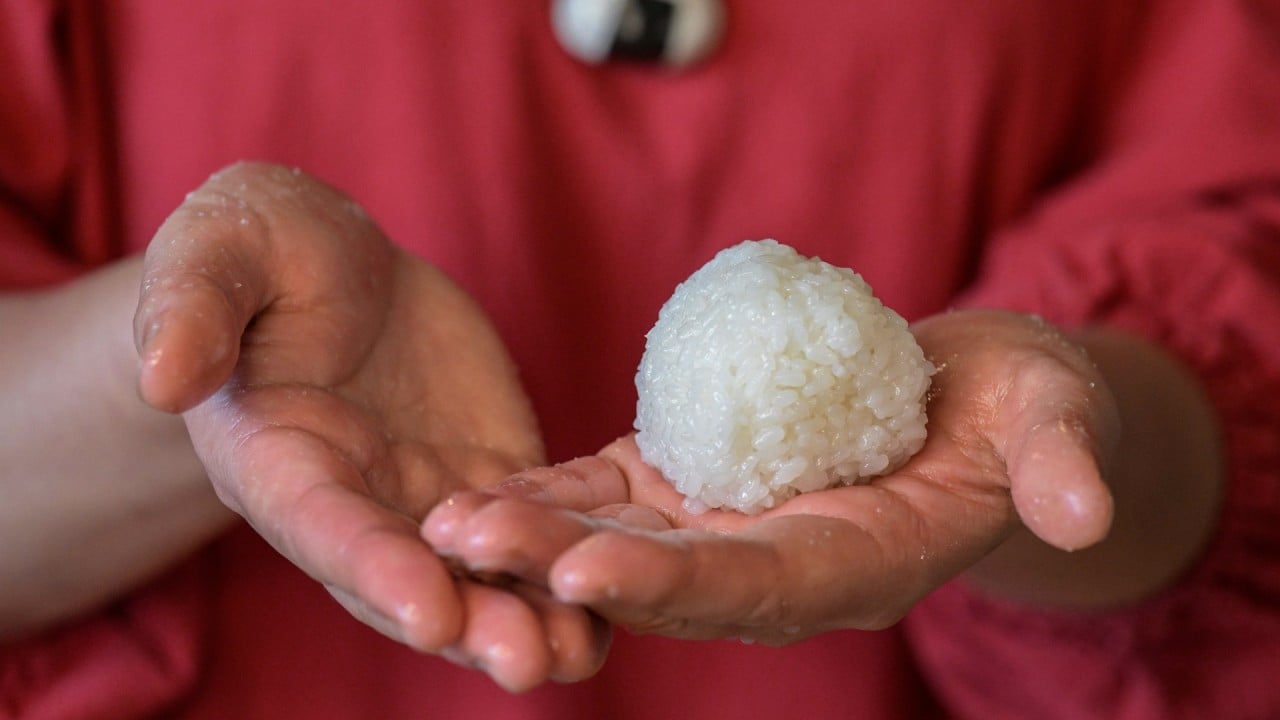‘People are angry’: Japan braces for a new unknown – prolonged inflation
A country that suffered from deflation for decades is now experiencing a sustained rise in prices of basic items ranging from rice to soap

At least 2,343 food and drink staples will cost more by the end of March, with processed products like noodles and frozen foods leading the surge, according to a February report from Teikoku Databank, a market research firm.
Alcoholic beverages, soft drinks and dairy products are also set to cost more, as the economic fallout from higher raw material prices, a weak yen, and rising logistics and labour costs continues to ripple across Japan.
“There are a number of factors that are aligning for the overall increase in inflation so far, which has already gone beyond what the Bank of Japan set as a target,” said Martin Schulz, chief policy economist at Fujitsu’s global market intelligence unit.
In January, Japan’s headline inflation hit 4 per cent year on year, double the central bank’s 2 per cent target and marking 34 consecutive months above it. Core inflation – excluding fresh food prices – rose to 3.2 per cent, the highest since June 2023, while “core-core” inflation, which strips out fresh food and energy, climbed to 2.5 per cent.
The government has scrambled to soften the blow for households by subsidising utilities, a strategy that Schulz said helped keep inflation “in a bearable range, particularly in comparison with other countries”. But with subsidies tapering off, shoppers are now bearing the brunt of rising costs.
“Now, consumers are feeling the spike in prices in vegetables, for example, and all the other things they buy in the supermarket,” Schulz told This Week in Asia. “And people are angry.”

